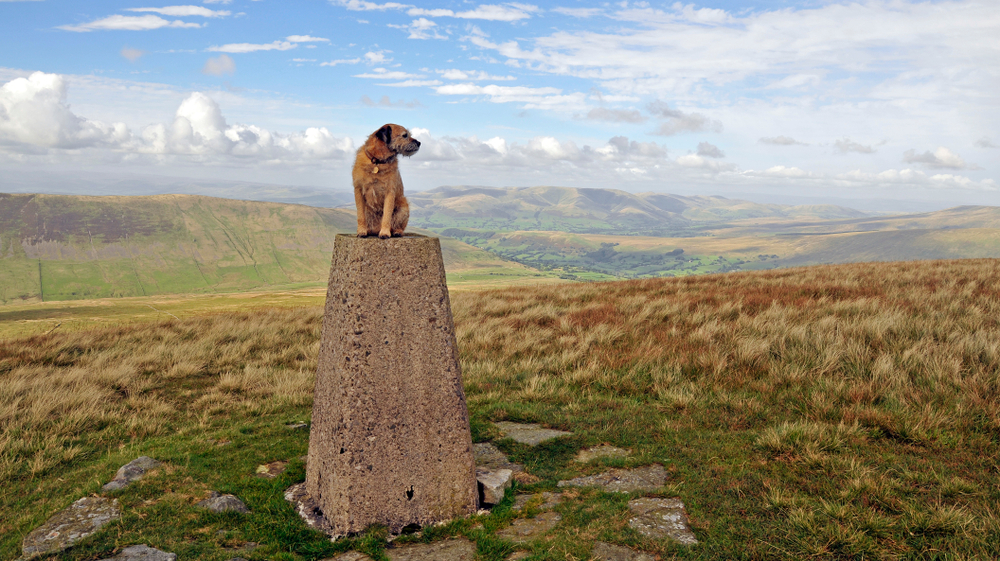Best wheelchair accessible hiking trails in Wales
Outdoors should be for everyone, and these wheelchair-friendly trails make it possible to experience nature’s beauty without barriers—accessible and scenic!
Here are some great trails to explore in Wales.
Most popular trails
Reviews for wheelchair accessible hiking trails in Wales

Snowdon via Watkin Path and Rhyd Ddu Path
Dan Colquhoun · reviewed 9 months ago
Fantastic route. Slight shame the summit was in cloud and so busy... The South Ridge is stunning!




Foel Fenli and Moel Famau from Loggerheads
D_Reaper_88 · reviewed almost 2 years ago
Very enjoyable trail and fairly easy to follow the map. At one stage in the early part of the trail the path does go through someone's garden. There are a few steep slopes but nothing too hard.
Frequently asked questions for hiking trails in Wales






Related articles
More trails in Wales
by difficulty
by type
by activity












